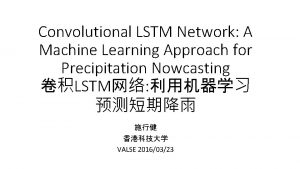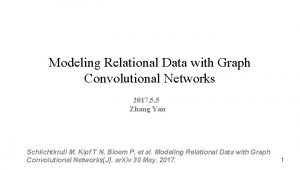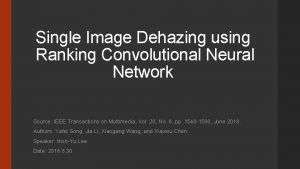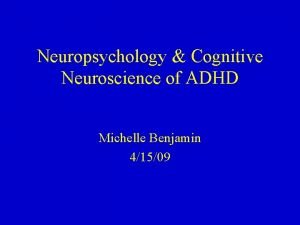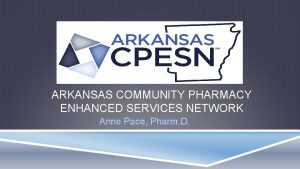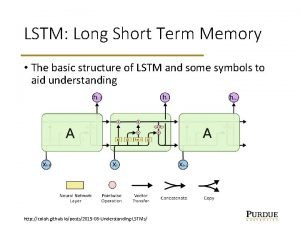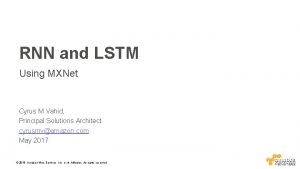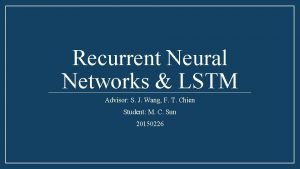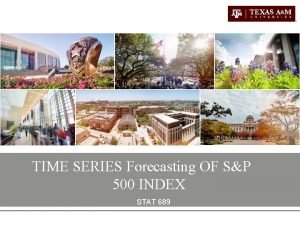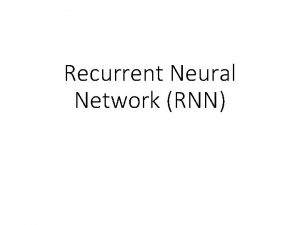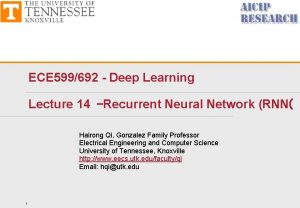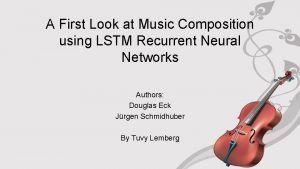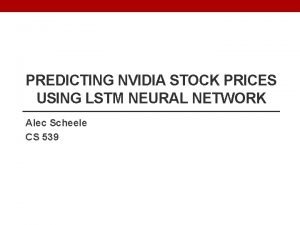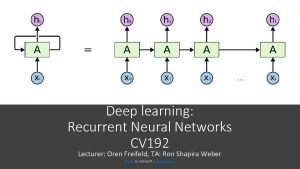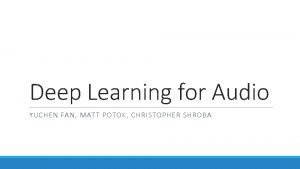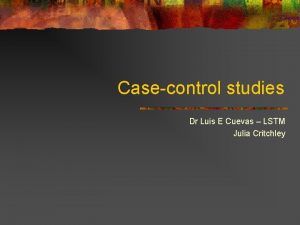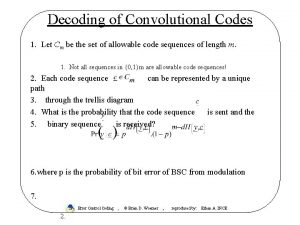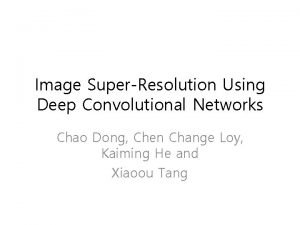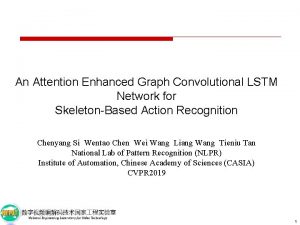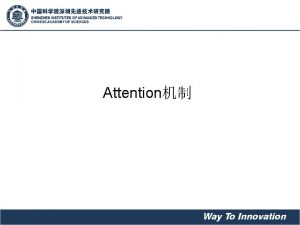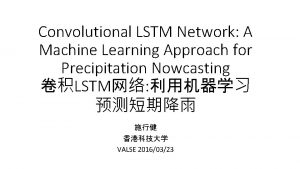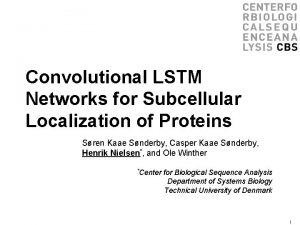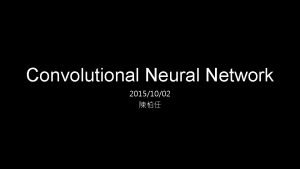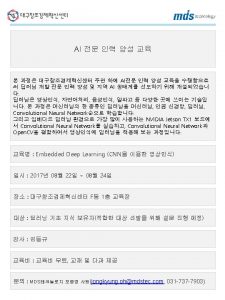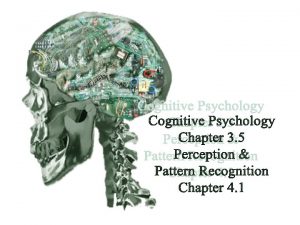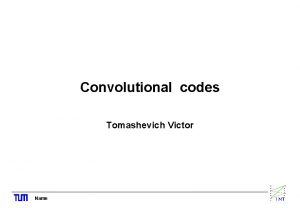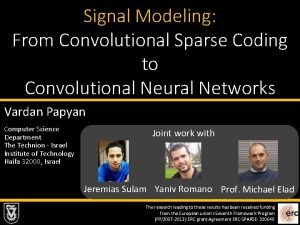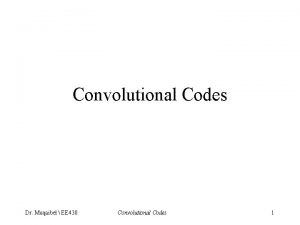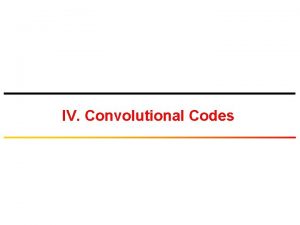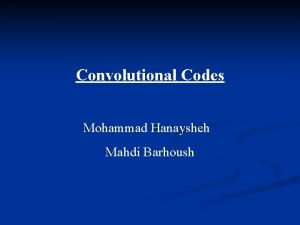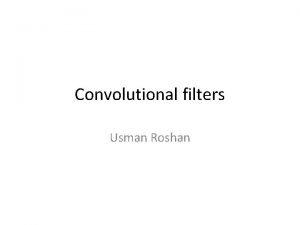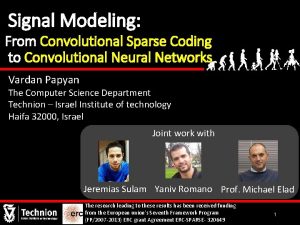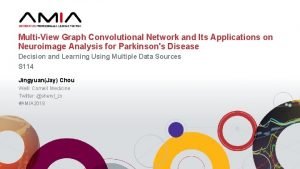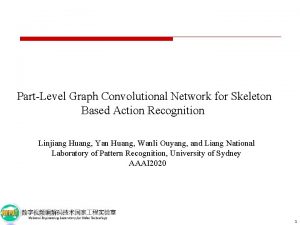An Attention Enhanced Graph Convolutional LSTM Network for






































































- Slides: 70

An Attention Enhanced Graph Convolutional LSTM Network for Skeleton-Based Action Recognition Chenyang Si Wentao Chen Wei Wang Liang Wang Tieniu Tan National Lab of Pattern Recognition (NLPR) Institute of Automation, Chinese Academy of Sciences (CASIA) CVPR 2019 1

Related Methods o Outline Routing AAAI 2019 CVPR 2019 AS-GCN ST-GCN AAAI 2018 Motif AAAI 2019 IJCAI 2018 HCN MTLN CVPR 2017 CVPR 2016 VA-LSTM MANs IJCAI 2018 ECCV 2018 CVPR 2019 SLR AGC-LSTM

Related Methods o Outline Routing GCNs: AAAI 2019 CVPR 2019 AS-GCN ST-GCN AAAI 2018 Motif AAAI 2019 IJCAI 2018 CNNs: HCN MTLN CVPR 2017 RNNs: CVPR 2016 VA-LSTM MANs IJCAI 2018 ECCV 2018 CVPR 2019 SLR AGC-LSTM

Related Methods o Outline Routing GCNs: AAAI 2019 CVPR 2019 AS-GCN ST-GCN AAAI 2018 Motif AAAI 2019 IJCAI 2018 CNNs: HCN MTLN CVPR 2017 RNNs: CVPR 2016 VA-LSTM MANs IJCAI 2018 ECCV 2018 CVPR 2019 SLR AGC-LSTM

Overview o Background What is skeleton-based action Recognition? Classification Model

Background o Two notable characteristics for human skeleton sequences: o 1) There are strong correlations between each node and its adjacent nodes so that the skeleton frames contain abundant body structural information o 2) There is a co-occurrence relationship between spatial and temporal domains

Background o Two notable characteristics for human skeleton sequences: o 1) There are strong correlations between each node and its adjacent nodes so that the skeleton frames contain abundant body structural information o 2) There is a co-occurrence relationship between spatial and temporal domains GCNs (spatial) RNNs (temporal)

Background o Motivation: synchronously learning spatio-temporal characteristics o Method: = + GCNs (spatial) RNNs (temporal) AGC-LSTM (spatial+ temporal)

Method o Architecture:

Method o Architecture:

Method Tim e o Joints Feature Representation:

Method o Joints Feature Representation: map the 3 D coordinate of each joint into a high-dimensional feature space (joint num) (feature dimension) Frame difference features:

Method o Joints Feature Representation: Feature Augmentation:

Method o Joints Feature Representation: Feature Augmentation: Dispel scale variance between both features:

Method o Joints Feature Representation:

Method o Architecture:

Method o Architecture:

Method o Architecture:

Method o Attention Enhanced Graph Convolutional LSTM

Method o Attention Enhanced Graph Convolutional LSTM How to perform graph convolutional here ?

Formulation F 1 F 3 F 2 3 4 Uni-labeling : W = [w 1 ] 1 2 F 6 6 F 4 5 F 5 7 Output feature: F 7 1. 1 1 1 2. 3 1 1 1. 2 × 1 F 2 ·W 1 1 2. 1 1 1 3. 1 1 4. 4 1 F 1 1 3. 2 Input feature: T T 1 = F 3 F 4 F 5 F 6 1 F 7

Formulation F 1 F 3 F 2 3 4 Uni-labeling : W = [w 1 ] 1 2 F 6 6 F 4 5 F 5 7 Output feature: F 7 1. 1 1 1 2. 3 1 1 1. 2 1 1 F 2 ·W 1 1 2. 1 1 1 3. 1 1 4. 4 Define × F 1 1 3. 2 Input feature: T T 1 = F 3 F 4 F 5 F 6 1 F 7

Formulation F 1 F 3 F 2 3 4 Uni-labeling : W = [w 1 ] 1 2 F 6 6 F 4 5 F 5 7 Output feature: F 7 T T 1. 1 1 1 2. 3 1 1 1. 2 × Define F 2 ·W 1 1 2. 1 1 1 3. 1 1 4. 4 Input feature: 1 1 3. 2 Output feature = W 1 F 1 1 = F 3 F 4 F 5 F 6 1 Input feature F 7

Method o Attention Enhanced Graph Convolutional LSTM How to perform graph convolutional here ?

Method o Attention Enhanced Graph Convolutional LSTM How to perform graph convolutional here ?

Method o Attention Enhanced Graph Convolutional LSTM How to perform graph convolutional here ?

Method o Attention Enhanced Graph Convolutional LSTM

Method o Attention Enhanced Graph Convolutional LSTM Similarly…

Method o Attention Enhanced Graph Convolutional LSTM

Method o Attention Enhanced Graph Convolutional LSTM

Method o Attention Enhanced Graph Convolutional LSTM

Method o Attention Enhanced Graph Convolutional LSTM

Method o Attention Enhanced Graph Convolutional LSTM

Method o Attention Enhanced Graph Convolutional LSTM

Method o Attention Enhanced Graph Convolutional LSTM

Method o Attention Enhanced Graph Convolutional LSTM

Method o Attention Enhanced Graph Convolutional LSTM

Method o Attention Enhanced Graph Convolutional LSTM

Method o Attention Enhanced Graph Convolutional LSTM

Method o Attention Enhanced Graph Convolutional LSTM

Method o Attention Enhanced Graph Convolutional LSTM

Method o Attention Enhanced Graph Convolutional LSTM

Method o Attention Enhanced Graph Convolutional LSTM

Method o Attention Enhanced Graph Convolutional LSTM

Method o Architecture:

Method o Architecture:

Method o Architecture:

Method o Architecture: at the last AGC-LSTM layer, for each frame t : Global Feature: Local Feature:

Method o Architecture: at the last AGC-LSTM layer, for each frame t : Global Feature: (at time step t) Local Feature: (at time step t)

Method o Learning AGC-LSTM: and are transformed into scores and

Method o Learning AGC-LSTM: and are transformed into scores and

Method o Learning AGC-LSTM:

Method o Learning AGC-LSTM: For classification

Method o Learning AGC-LSTM: (the number of time step on 3 rd AGC-LSTM layer) (the number of classes) (global) (local)

Method o Learning AGC-LSTM:

Method o Learning AGC-LSTM:

Method o Learning AGC-LSTM: (layer of AGC-LSTM)

Method o Learning AGC-LSTM: (time step) (layer of AGC-LSTM) (the number of time step on j-th AGC-LSTM layer)

Method o Learning AGC-LSTM: (joint dimension) (layer of AGC-LSTM) (time step) (the number of time step on j-th AGC-LSTM layer)

Method o Learning AGC-LSTM: (joint Feature dimension) (layer of AGC-LSTM) (time step) (the number of time step on j-th AGC-LSTM layer) aims to pay equal attention to different joints

Method o Learning AGC-LSTM:

Method o Learning AGC-LSTM: limit the number of interested nodes

Experiments o NTU RGB+D dataset

Experiments o NTU RGB+D dataset

Experiments o NTU RGB+D dataset

Experiments o NTU RGB+D dataset (basic LSTM) (LSTM + Graph) (LSTM + timepooling)

Experiments o Northwestern-UCLA Dataset

Experiments o Northwestern-UCLA Dataset UCLA: 1494 samples covering 10 categories (NTU: 56, 880 samples covering 60 categories)

Experiments o Northwestern-UCLA Dataset UCLA: 1494 samples covering 10 categories (NTU: 56, 880 samples covering 60 categories)

Thanks!
 Convolutional lstm network
Convolutional lstm network Modeling relational data with graph convolutional networks
Modeling relational data with graph convolutional networks Convolution neural network ppt
Convolution neural network ppt Alternatives to convolutional neural networks
Alternatives to convolutional neural networks Feature map in cnn
Feature map in cnn Michelle benjamin phd
Michelle benjamin phd Cpesn pharmacy locator
Cpesn pharmacy locator Rnn andrew ng
Rnn andrew ng Rnn lstm
Rnn lstm Structure of lstm
Structure of lstm Mxnet lstm
Mxnet lstm Cec lstm
Cec lstm Pixel rnn
Pixel rnn Iamtrask github
Iamtrask github Lstm
Lstm Lstm lecture
Lstm lecture Jazz improvisation with lstm
Jazz improvisation with lstm Nvida stock
Nvida stock Cs 7643 github
Cs 7643 github Lstm audio
Lstm audio Lstm julia
Lstm julia Iso 22301 utbildning
Iso 22301 utbildning Visualizing and understanding convolutional neural networks
Visualizing and understanding convolutional neural networks Novell typiska drag
Novell typiska drag Nationell inriktning för artificiell intelligens
Nationell inriktning för artificiell intelligens Ekologiskt fotavtryck
Ekologiskt fotavtryck Varför kallas perioden 1918-1939 för mellankrigstiden
Varför kallas perioden 1918-1939 för mellankrigstiden En lathund för arbete med kontinuitetshantering
En lathund för arbete med kontinuitetshantering Särskild löneskatt för pensionskostnader
Särskild löneskatt för pensionskostnader Convolutional encoder
Convolutional encoder Convolutional neural networks for visual recognition
Convolutional neural networks for visual recognition Leon gatys
Leon gatys Personlig tidbok
Personlig tidbok Anatomi organ reproduksi
Anatomi organ reproduksi Förklara densitet för barn
Förklara densitet för barn Convolutional codes solved examples
Convolutional codes solved examples Datorkunskap för nybörjare
Datorkunskap för nybörjare Convolutional codes
Convolutional codes Boverket ka
Boverket ka Hur skriver man en tes
Hur skriver man en tes Autokratiskt ledarskap
Autokratiskt ledarskap Nyckelkompetenser för livslångt lärande
Nyckelkompetenser för livslångt lärande Påbyggnader för flakfordon
Påbyggnader för flakfordon Lufttryck formel
Lufttryck formel Svenskt ramverk för digital samverkan
Svenskt ramverk för digital samverkan Urban torhamn
Urban torhamn Presentera för publik crossboss
Presentera för publik crossboss Argument för teckenspråk som minoritetsspråk
Argument för teckenspråk som minoritetsspråk Kanaans land
Kanaans land Treserva lathund
Treserva lathund Image super resolution using deep convolutional networks
Image super resolution using deep convolutional networks Luftstrupen för medicinare
Luftstrupen för medicinare Bästa kameran för astrofoto
Bästa kameran för astrofoto Centrum för kunskap och säkerhet
Centrum för kunskap och säkerhet Programskede byggprocessen
Programskede byggprocessen Bra mat för unga idrottare
Bra mat för unga idrottare Verktyg för automatisering av utbetalningar
Verktyg för automatisering av utbetalningar Rutin för avvikelsehantering
Rutin för avvikelsehantering Smärtskolan kunskap för livet
Smärtskolan kunskap för livet Ministerstyre för och nackdelar
Ministerstyre för och nackdelar Tack för att ni har lyssnat
Tack för att ni har lyssnat Vad är referatmarkeringar
Vad är referatmarkeringar Redogör för vad psykologi är
Redogör för vad psykologi är Borstål, egenskaper
Borstål, egenskaper Atmosfr
Atmosfr Borra hål för knoppar
Borra hål för knoppar Orubbliga rättigheter
Orubbliga rättigheter Hur räknar man standardavvikelse
Hur räknar man standardavvikelse Tack för att ni har lyssnat
Tack för att ni har lyssnat Steg för steg rita
Steg för steg rita Csrmm
Csrmm
